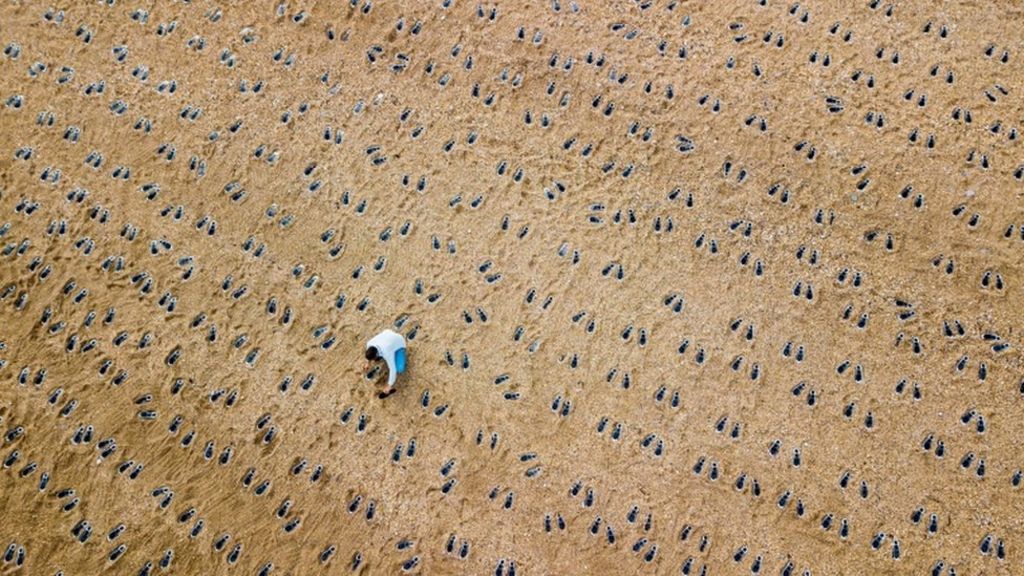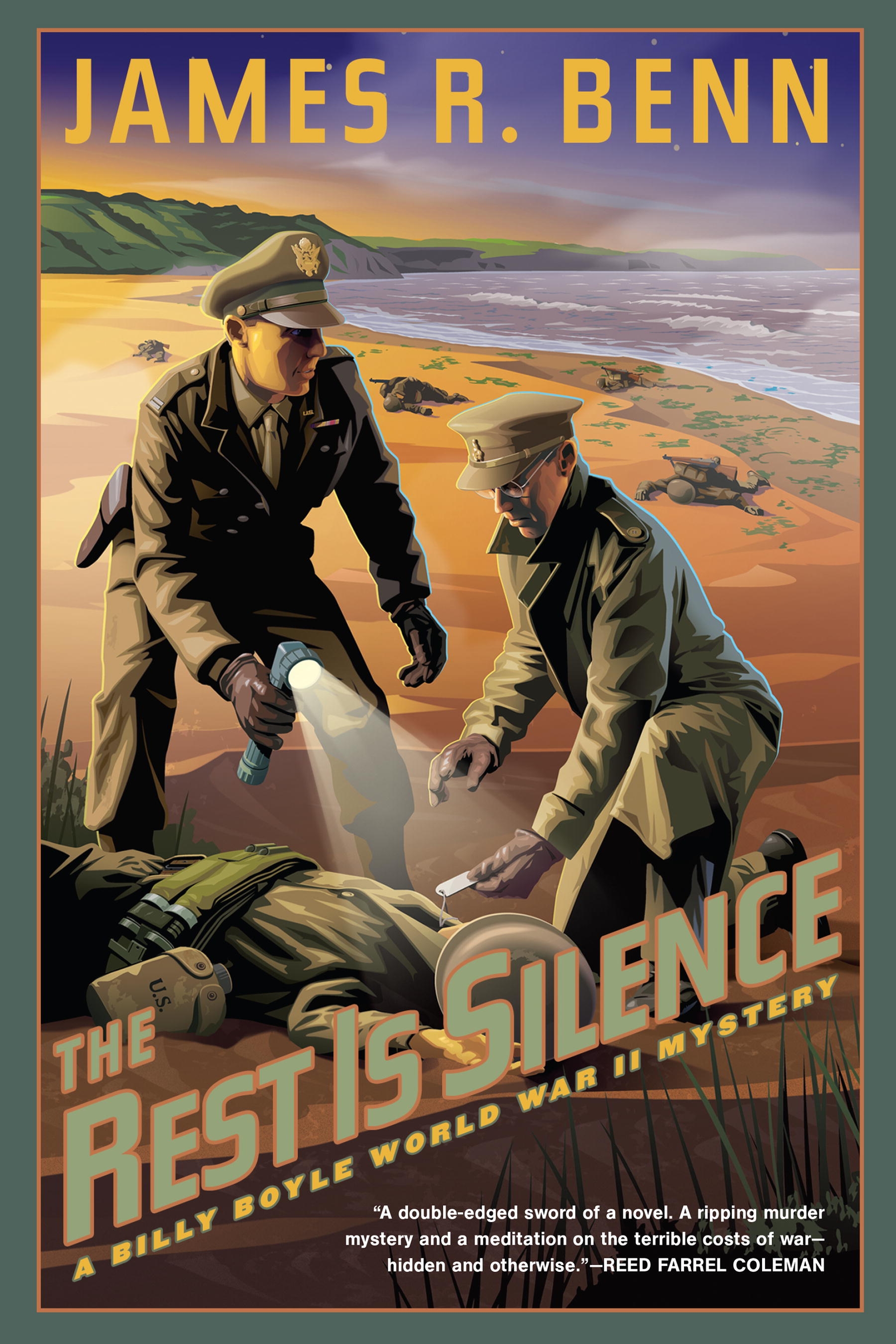The writing on the jacket claims
that this is “a Billy Boyle World War II Mystery”, so it is obviously one of a
series in which US Army Captain Billy Boyle and his partner Kaz work for the Office
of Special Investigations: “our job was to deal with low crimes in high places
that got in the way of the war effort. And to deal with them quietly, although
quiet wasn’t always in the cards.” The novel was published in 2014, but the
style is that of a previous era with a hard-boiled-detective noir fiction bent.
When a body washes up on Slapton
Sands on England’s Southern Coast, Boyle and Kaz are called in to investigate. The
Devonshire Beach is the home to Operation Tiger (April 1944), the top-secret
rehearsal for the approaching D-Day invasion of Normandy. This was a real event
in which hundreds of Allied soldiers lost their lives; there were more American
casualties in the exercise than the actual attack.
While the men are investigating
the crime, they are billeted in a country house full of rich people, which
includes a dead patriarch, old animosities, and a contested will. This provides
ample sub-plots about relationship dynamics. One of the family members, Edgar, is
writing a book about the interpretation of the end of Hamlet, which is where the title of the novel originates. Boyle
seems to be taking a swipe at academia and philosophy, whereas he deals in hard
truths and manly facts.
He is a plastic Paddy American
who hates the English as part of his shtick, having to restrain himself from
voicing his true feelings. Boyle is related to General Dwight Eisenhower, who is
everyone’s boss in the US Army: “I call him Uncle Ike”. Lady Pemberton, the
matriarch of the house in which he is staying says, “One bristles at the idea
of a foreigner, even one of our American cousins, telling the British army what
to do. But he seems like a decent fellow.” Boyle is naturally tough and
uncompromising and rejects authority figures, or certainly British ones. War is
unpleasant, requiring a stern exterior, and Boyle narrates his part in a stoical
fashion. He takes no prisoners and favours neither side, trying to remain natural
about the situation.
In some cases the language
strains to be contemporary to the setting. There are men with physical
deformities including Kaz: “[Kaz] grinned, his scarred face looking slightly
maniacal. I don’t much mind maniacal when it’s on my side.” And there are men
with mental scars as a result of the war, who have suicidal tendencies and difficulty
readjusting to civilian life. These issues may be well-known now but were less
so at the time, making the recognition anachronistic though the sentiment is
sound.
Much of the novel reads like a boys’ own adventure with comrades in arms, smugglers, gun fights, and bureaucratic conversations about military exercises and clandestine operations. Its main interest is in the fact that it is set around a genuine historic incident. There are many others in this series (fifteen at present count), so people are clearly drawn to this style of storytelling with a historical mystery set against a military background with a cynical world-weary hero.
 |
| Bootprints of 749 troops were laid out on Slapton Sands, Devon, in April 2019 to mark the 75th anniversary of Exercise Tiger. |

No comments:
Post a Comment